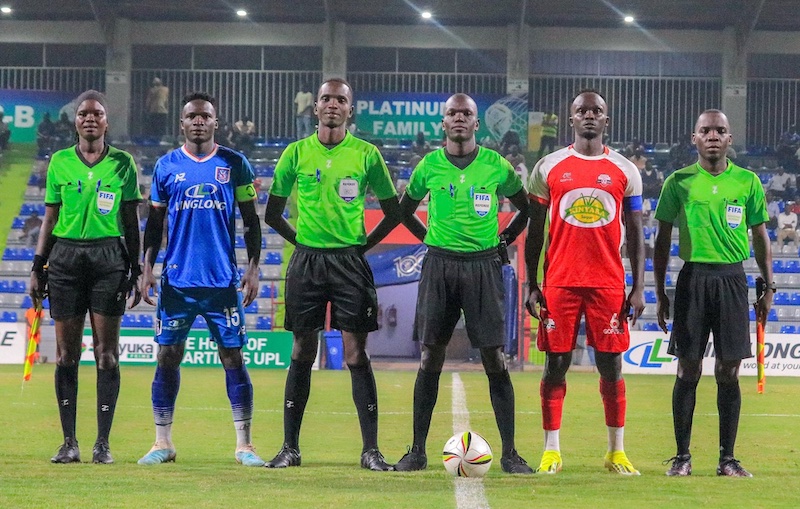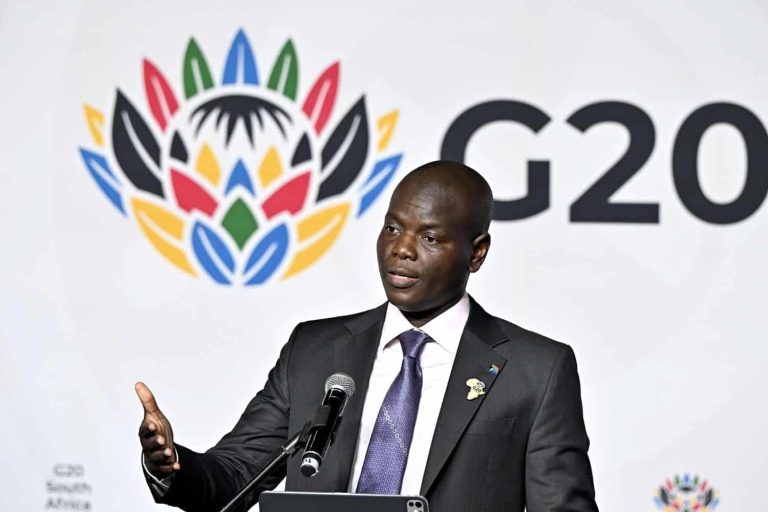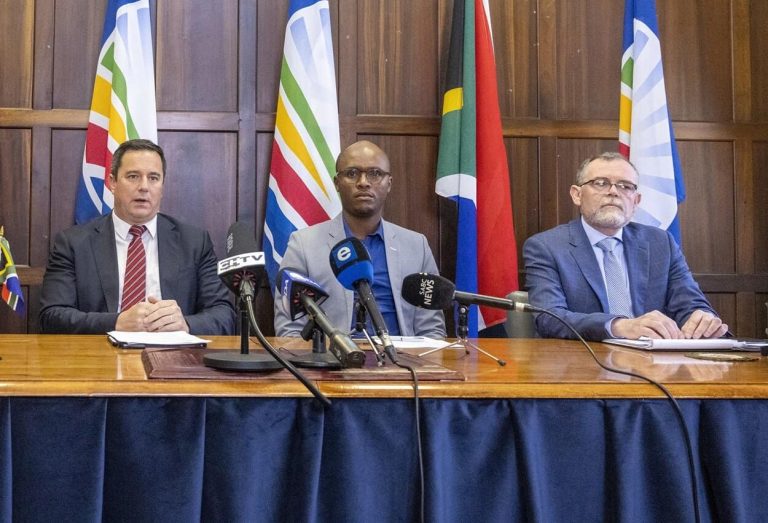
Two stories from our local football scene last week presented a fascinating, and ultimately frustrating, situation.
On one hand, I reiterated my call for transparency from the SC Villa administration regarding the Shs 7 billion compensation from Unra. The response from some quarters was a whisper: “Villa must operate in secrecy, or rivals will steal our blueprint.”
On the other hand, Kitara FC’s Deo Kasozi was once again publicly announcing the club’s gate collections, laying bare its financial reality for all to see. While these approaches seem opposite, they are two sides of the same flawed coin: a fundamental misunderstanding of modern sports management.
One hides everything, fearing competition; the other reveals everything, ignoring strategy. Both, in their own way, are hurting their clubs. Let’s be clear: the argument that Villa must hide its “blueprint” is not just feeble; it is an insult to the intelligence of every fan.
A blueprint for what? For the three years of silence and inaction that have followed the Shs 7bn windfall? You cannot have a rival steal a plan that does not exist.
Secrecy is only a valuable strategy when it protects a tangible, ongoing competitive advantage—a revolutionary tactical system, a star player’s transfer, a imminent commercial deal. Using it as a cloak for inertia and a lack of vision is an abdication of leadership. SC Villa is not a private estate.
It is a community institution, a public trust. That Shs 7bn was not a personal gift to the administration; it was compensation for a piece of the club’s very soul—its historical home. The fans, who are the true owners of this legacy, have a right to know how that blood money is being used to secure the club’s future.
To keep them in the dark is to treat them as subjects, not stakeholders. Now, to Kitara’s model. While I commend the radical transparency and the ethos of accountability, it raises a critical question: is it smart business? Announcing a “paltry Shs 5m” gate collection, while honest, is not marketing.
A smart commercial team doesn’t lead with its weaknesses; it packages its potential. It sells a vision of a growing, passionate fanbase to a sponsor, not a balance sheet of meagre takings. True commercial savvy lies in building a compelling narrative that makes a brand want to be part of your journey, not pity your current state.
Look at the models that actually work. Look at Dr Lawrence Mulindwa’s Vipers. He doesn’t operate in secret; he operates with strategic clarity. The project is there for all to see: the stadium, the training grounds, the sponsorships.
This visibility doesn’t weaken Vipers; it strengthens it. It builds confidence, attracts investment, and creates a bandwagon effect. Why does Vipers command the biggest sponsorship while Villa and Express struggle? Because success is a magnet, and secrecy is a repellant.
The same principle is visible in the construction of the impressive Hoima stadium. The regular updates from the contractor haven’t given rivals a “blueprint”; they have built public goodwill, excitement, and a sense of shared ownership. You cannot build a cathedral in the dark and expect people to worship in it.
Therefore, my message to the Villa administration, and specifically to club president Omar Ahmed Mandela, is this: The era of ruling by decree is over. We are not asking for your resignation; we are asking for your roadmap. We are not seeking administrative chaos; we are demanding a concrete plan.
Copy Mulindwa’s openness, not his ownership structure. Let us see the architect’s drawing for the new home, the phased investment plan, the commercial strategy. I, for one, am not just a critic; I am a willing volunteer. I am ready to put a brick on the project.
But I cannot, and will not, volunteer for a ghost. It is time to lift the basket and let the light shine. The future of our club depends on it.
The author is a football investor and Villa President emeritus.



